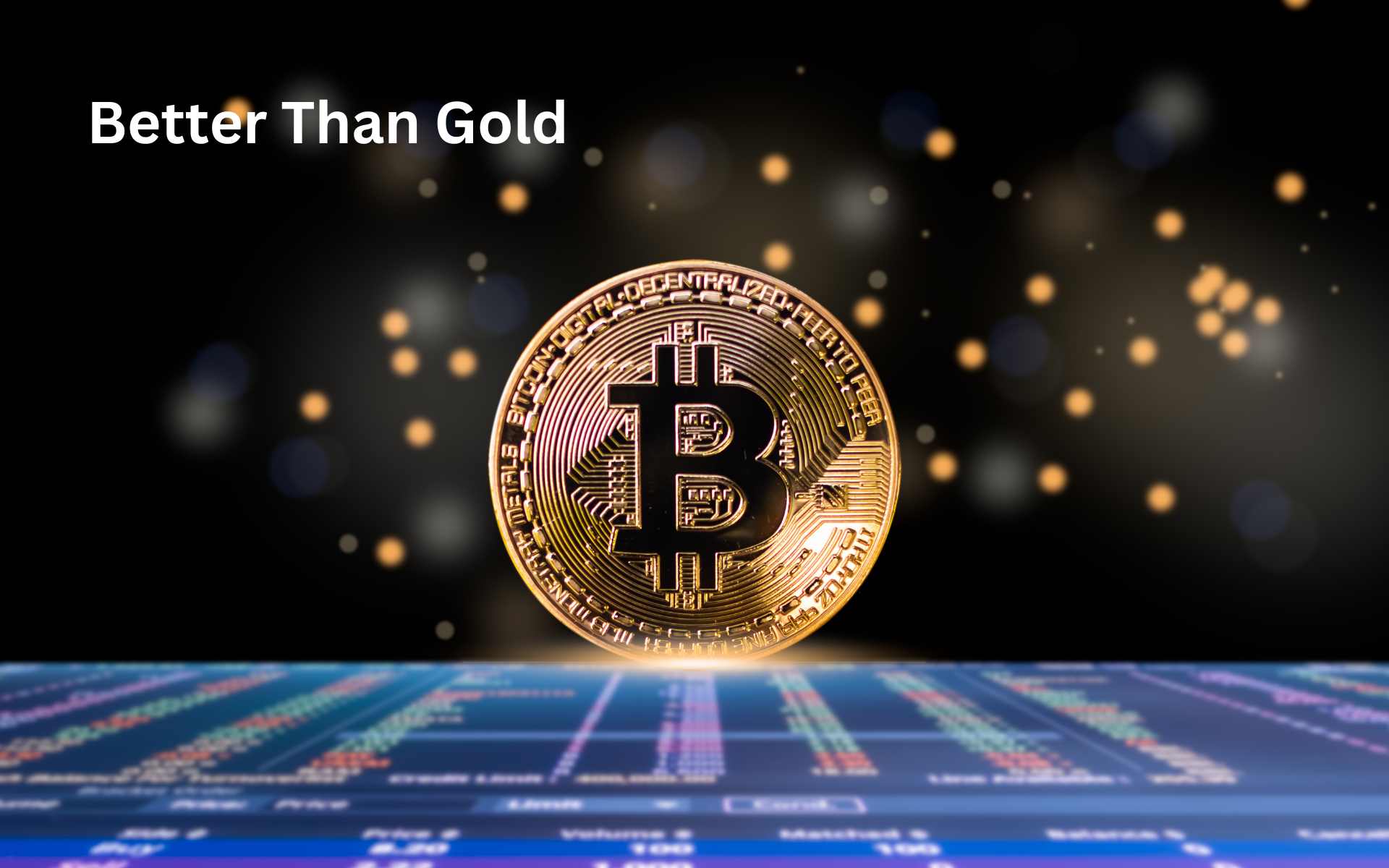Over $8.2 billion of ETH have been burnt as of July 4, 2022.
Data shows that over 2.5 million ETH have been destroyed in 331 days. This translates to a burn rate of 5.24 ETH or $17.5k per minute since the launch of EIP-1559.
At this rate, the Ethereum network is automatically burning $9 billion of ETH yearly, more than half the number of new ETH worth $17 billion issued annually.

As of early H2 2022, the broader ETH community continues to closely monitor the number of coins burnt versus issuance, which is inflation. While inflation is still nearly twice that burn rate, there is optimism in the community that ETH is gradually becoming deflationary and ultrasound money.
2.5 billion in bucks in #ethereum up in smoke! pic.twitter.com/vl4MhTRh1p
— Lark Davis (@TheCryptoLark) July 4, 2022
Ethereum will be Ultrasound Money
Once issuance is lower than the burn rate, ETH will be deflationary and would be a better choice for storing value, drawing capital from the current store of value assets like Bitcoin and gold.
The path to this state would be accelerated once Ethereum becomes a proof-of-stake consensus algorithm, riding miners for validators. Then, not only will Ethereum become energy inefficient and scalable, analysts expect coin issuance to be lower. All this time, however, the Ethereum network will be continuously burning ETH in every block.
Therefore, that burning rate is expected to be higher than issuance means that ETH would quickly transit to be a deflationary network, a net positive for prices, and part of the many reasons why users are closely tracking the “Merge” date.
EIP-1559: An Overhaul of Ethereum’s Monetary Policy
The shift to introduce ETH burning per block was part of developers’ plan to tame rising and unsustainably high gas fees in the last bull cycle.
With ETH prices soaring to record high and the network swarmed by DeFi and NFT transactions, Ethereum miners took advantage to spike processing fees.
Subsequently, fees soared to as high as $80 at some point. The activation of EIP-1559, a proposal to eliminate the first-price auction mechanism with a base fee, which is burnt and dependent on network conditions, a maximum fee per Gas, and a tip for miners.
Even though EIP-1559 overhauled Ethereum’s monetary policy, Gas fees remain high primarily because of the ultra-high demand for block space and the network’s inability to scale.
Image Source
- ethereum feature image blockmagnates (1): Photo by Nenad Novaković on Unsplash






